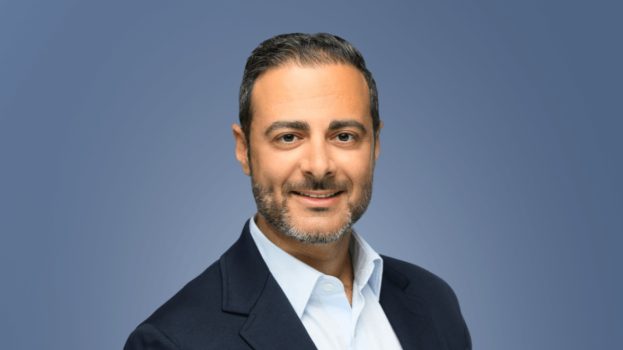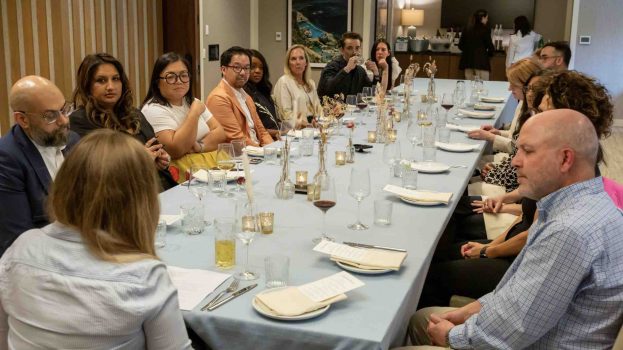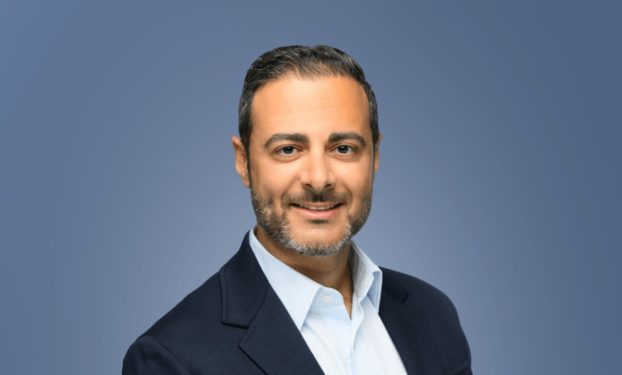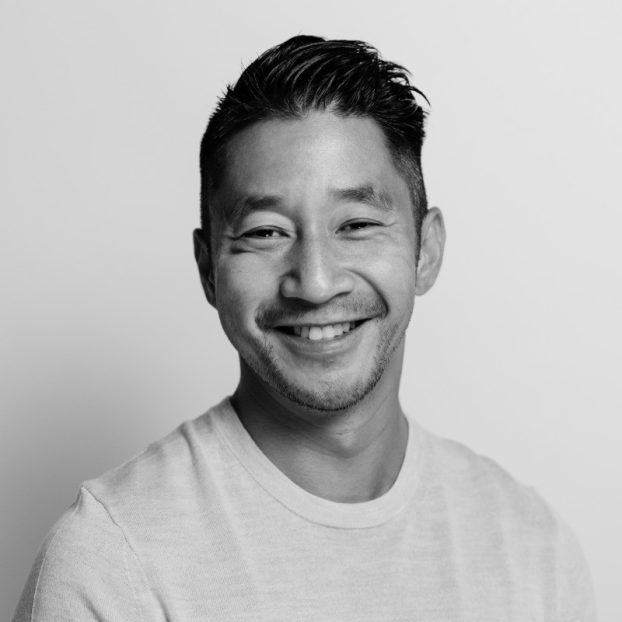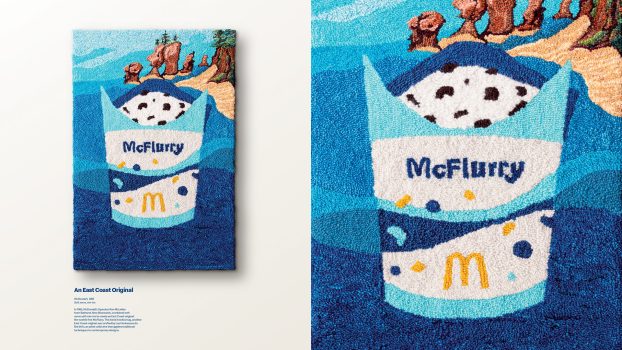Bunz is getting bigger
The grassroots, cash-free trading service Bunz has been successful despite its humble beginnings – it now has 100,000 members in 250 cities on the strength of what essentially boils down to a Facebook group. Word of mouth alone built that community up, but now that Bunz is a fully fledged company, it’s expanding its offering and developing a more professional branding.
The new services include job search and rental aid. A major national agency has been tapped to oversee a logo redesign, mass market campaign and overall strategy. And there looks to be a chance that brands will be able to advertise to the community. Read more.
Fido doubles down on millennials
[iframe_youtube video = “nRUcm0C1970”]
“One of the main things we are trying to do is own something,” Florent Bayle-Laboure, Fido’s VP of brand, told strategy. “Frankly, there’s very little we can use to differentiate ourselves in the telco industry. We’re in a very functional industry where everyone has similar claims about their network and products and services and price.”
That’s why the Rogers-owned Fido mobile brand began focusing more on lifestyle and the youth market back in 2015, a strategy it reinvested in recently. Vice, the millennial-focused news organization with which Rogers teamed up in 2014, consulted on a new campaign that moves more like fashion advertising than anything else. “I don’t think [millennials] care much about their telco brand as long as it works and the value is there, but that’s the baseline of what any brand would deliver,” Bayle-Laboure says. “The goal is to change that.” Read more.
Molson goes in your face with hockey partnership
 It’s literally taken years of consultation for Molson to try a VR execution around its hockey sponsorship. Its media agency has been looking at putting the brand in high-tech headsets for a while, and will finally do so thanks to a partnership with Sportsnet – six games featuring each Canadian NHL team shown over six weeks.
It’s literally taken years of consultation for Molson to try a VR execution around its hockey sponsorship. Its media agency has been looking at putting the brand in high-tech headsets for a while, and will finally do so thanks to a partnership with Sportsnet – six games featuring each Canadian NHL team shown over six weeks.
Big projects like the rooftop rink were successful in lashing the brand to hockey’s feel-good, “Go Canada” vibe and delivered big on earned media. But the brand was looking for something that a large swath of consumers could take part in. As VR has proliferated and the quality of the experience has improved, it finally signed on. Read more.



